OTTAWA — President Donald Trump is keeping Canada guessing — again.
With days until another tariff hike threatens to kick in on Canadian goods, negotiations between Canada and the U.S. have stalled after months of phone calls and on-again, off-again talks in Washington.
“We haven't really had a lot of luck with Canada. I think Canada could be one where they'll just pay tariffs. It's not really a negotiation,” Trump told reporters on Friday before flying to Scotland, where he reached a preliminary trade and investment deal with the European Union.
On at least one point, Canadian officials briefed on the conversations agree with Trump: The talks between the U.S. and Canada don't amount to a real negotiation.
Rather, they describe the meetings between Canadian officials — Trade Minister Dominic LeBlanc and Ambassador Kirsten Hillman — and U.S. officials, Commerce Secretary Howard Lutnick and Treasury Secretary Scott Bessent, as chaotic and one-sided, with the Americans recycling grievances and offering no clear path forward.
It's a bad omen for reaching an agreement by Aug. 1, the deadline Carney and Trump have set to ink a new economic and security deal — and avoid a potentially debilitating North American trade war. But in recent days, both leaders have tempered expectations.
“The negotiations are at an intense phase. It’s a complex negotiation,” Carney said to reporters while visiting Prince Edward Island on Monday.
“But the assurance for Canadian businesses, for Canadians, is we will only sign a deal that’s the right deal, that’s a good deal for Canada.”
There’s still no framework for a deal, adding pressure on Carney, who ran for office on his economic bona fides.
POLITICO spoke to four senior sources familiar with negotiations from a federal and provincial perspective. They were granted anonymity to discuss private talks.
More theater than progress
Negotiators on both sides of the border are talking this week, including LeBlanc and Hillman.
But despite months of back and forth, the terms for a deal have not yet been set, a senior government source said, with the White House informing the Canadian side that Trump is more focused on securing deals with other partners like India.
The face-to-face meetings have mainly featured Lutnick or Bessent riffing off Trump’s greatest hits: raising border security issues, complaining about fentanyl smuggling and asking why Canada is treating the U.S. unfairly.
Two of the senior officials familiar with the negotiations say LeBlanc mainly listens as Lutnick rambles off questions like, “Why aren’t you helping more?”
There is said to be no consistency around the table. Trump’s team swerves to a new topic every time the two sides meet — from wanting bigger U.S. banks to have a visible presence in Canada, to griping about the border and dairy quotas, a senior government official said.
A spokesperson for the White House defended the status of talks with Canada in a statement, pointing to the existing U.S.-Mexico-Canada Agreement, which Trump negotiated during his first term.
"The way this has worked with our trading partners who have secured deals or are making progress towards one is that they came to us with deal offers, that were then refined and negotiated further. The vast majority of trade with Canada, moreover, is already covered under USMCA," the White House official said in a statement.
Trump's team previously suggested that if higher tariffs on Mexico and Canada go into force, the hike would only apply to goods the Trump administration deems as non-compliant with the existing deal — potentially affecting around 60 percent of trade between the countries.
The Trump administration is pressuring Canada to fix what it sees as lopsided trade, a senior government official familiar with the talks told POLITICO. In the meetings, U.S. officials point to trade irritants in the National Trade Estimate report, which include concerns around Quebec’s language laws and Canada’s war on plastic.
A second official said it’s Canada’s strategy to allow the Americans to do all the talking, which they appear happy to do.
The Liberal government has several cards at play, including the Arctic and defense. Trump wants to build a massive missile shield over the continent, but he can’t build it without Canada.
“It’s really a strategic card,” Nunavut Premier P.J. Akeeagok said last week in Huntsville, Ontario.
The Trump administration has also raised concerns that the Liberal government is whining too much about the tariffs — removing U.S. alcohol from shelves and boycotting America.
“This is a negotiation. So sometimes we say, ‘oh, I'm not satisfied. Oh, Canadians are difficult.’ Well, of course, yes, we are difficult because we're fighting for Canada,” Carney told reporters on Monday.
The administration has taken particular issue with British Columbia Premier David Eby, a progressive politician, who has been one of Trump's most vocal critics. They think he is too emotional because he often lambastes the president on national networks, three officials told POLITICO, instead of working to resolve trade concerns. The administration had similar concerns with Prime Minister Justin Trudeau.
And when Ford threatened to cut off electricity to the U.S. over steel and aluminum tariffs, Lutnick called the Ontario premier and said, “Don’t ever threaten the U.S. again,” according to a provincial official familiar with their conversation.
A spokesperson for the U.S. Department of Commerce did not immediately respond to a request for comment.
Canada has dialed back talk of retaliation, with officials skirting questions about more countertariffs.
In recent weeks, Japan, the European Union and Mexico have traded notes with Canada on the unconventional negotiations, discussing what it’s like to deal with the Trump administration.
One Mexican business official said the U.S. Trade Representative’s Office has given it a list of demands in order to secure a trade agreement that includes issues surrounding intellectual property and energy. But the official said the gap between the two countries has grown more complicated as the U.S. has increased its demands on Mexico.
Canada has not been given such a list, a senior government official says.
What Canada wants
Earlier this month, Canada conceded that any deal with Trump is likely to include tariffs.
Carney’s government wants stability around the tariffs Trump invoked using Section 232 of the Trade Expansion Act.
They are crushing Canada’s auto, steel, aluminum and forestry industries. Trump also plans to hit imported copper with 50 percent tariffs starting Aug. 1 — with semiconductor and pharmaceutical imports likely to follow.
Canada ultimately wants the tariffs eliminated, or lowered to a fixed level that doesn’t fluctuate, the senior government official said. “If we know what world we’re going into, then we can have better plans and policies to attract investment.”
Canada’s premiers say the unpredictability is punishing the economy.
“Private investment is not growing because everybody's on pause,” Quebec Premier François Legault told reporters last week. “They are waiting to see what will happen. I've been in business — it’s about the worst thing you can have is uncertainty.”
Aside from the four industries, “the vast majority of Canadian goods and services are tariff-free,” Carney told reporters last week in Hamilton, Ontario.
It helps to explain why the U.S. doesn’t appear to be in the same hurry to secure a deal with Canada as it is with other countries. The USMCA is up for review next year.
“The president’s just so unpredictable and we’ve seen it over and over again,” Ford said last week.
“You talk to him one day, and all of a sudden the next day he's on some media outlet saying there's 35 percent tariffs.”
Ari Hawkins and Daniel Desrochers contributed to this report.
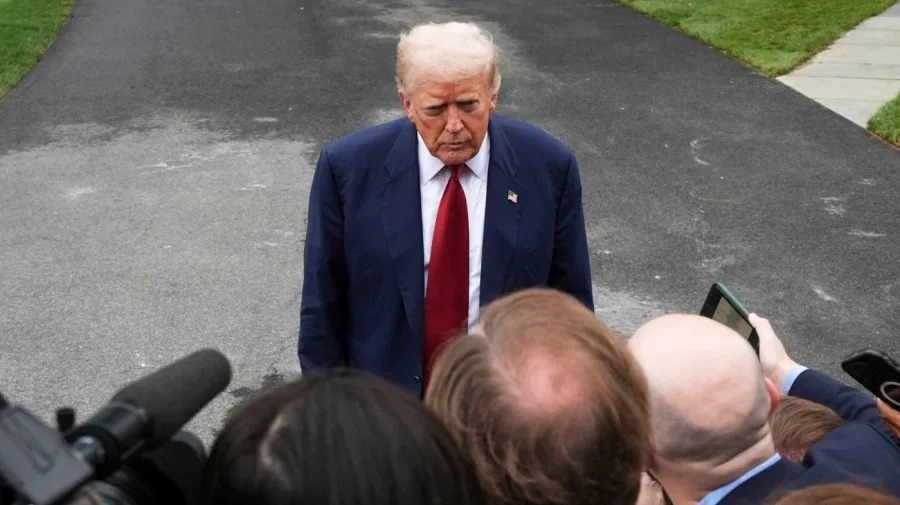
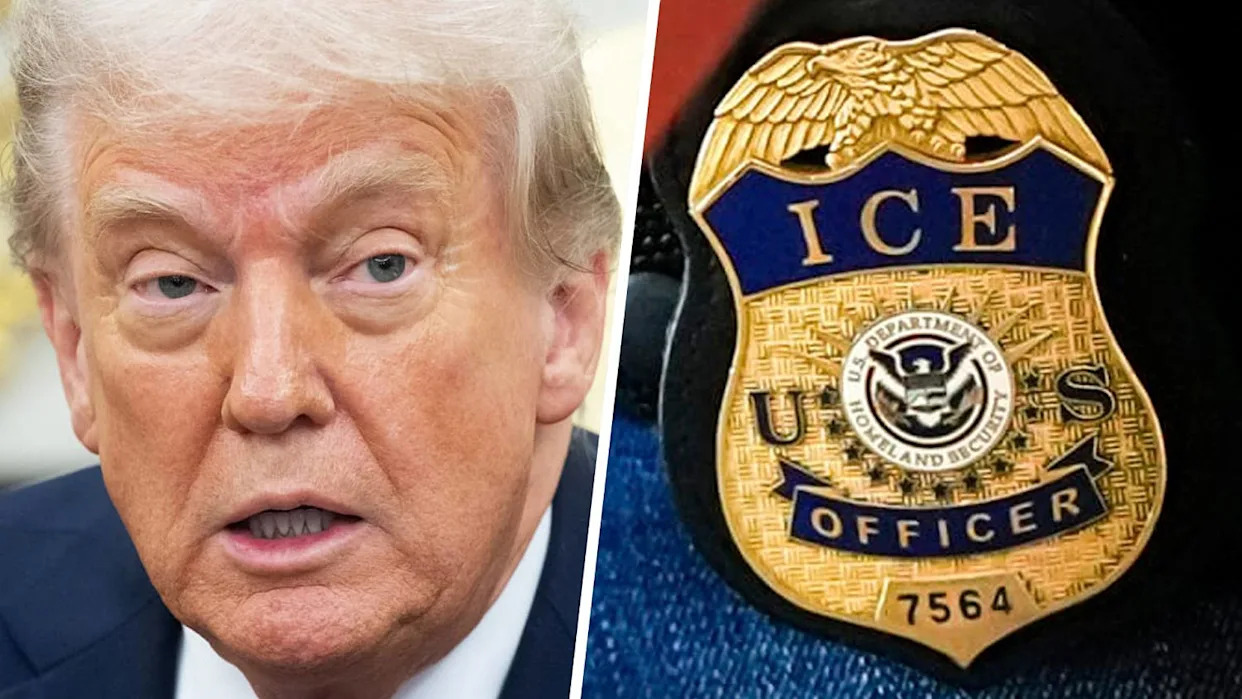
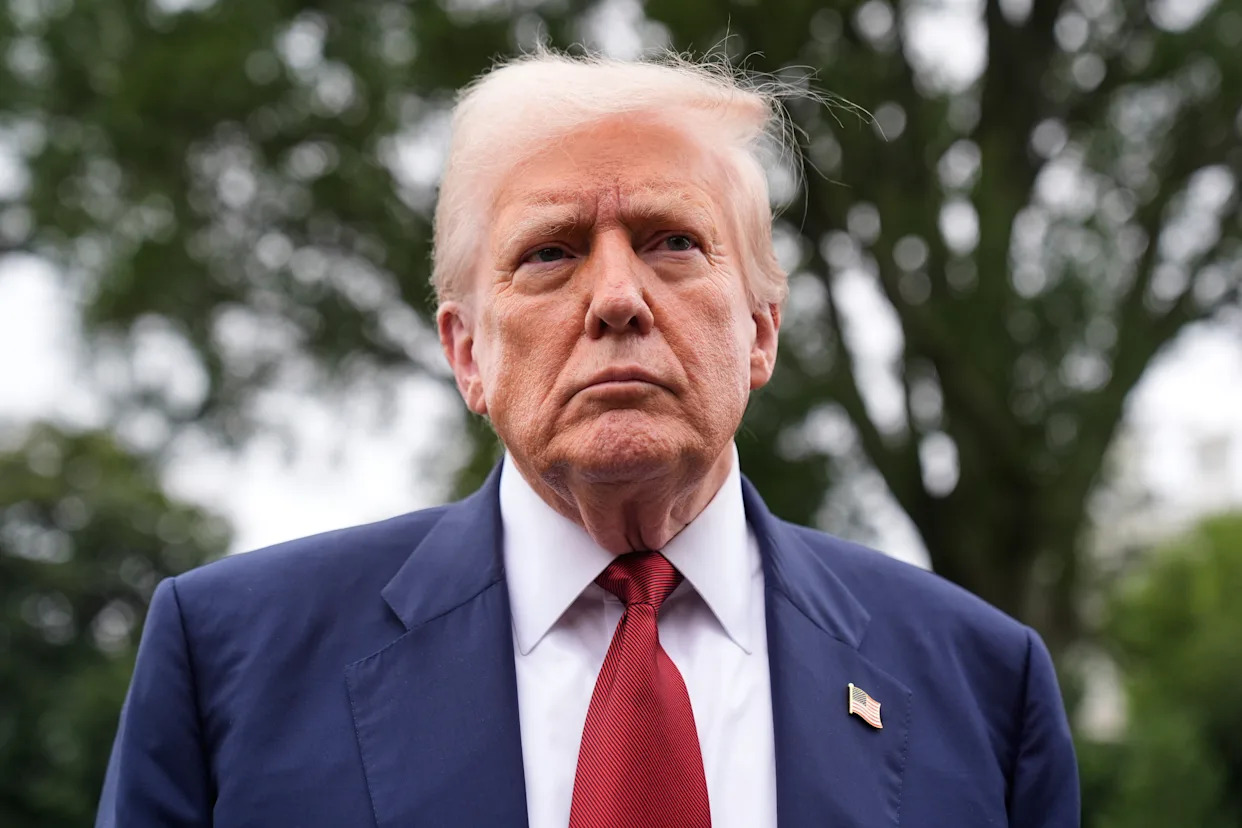
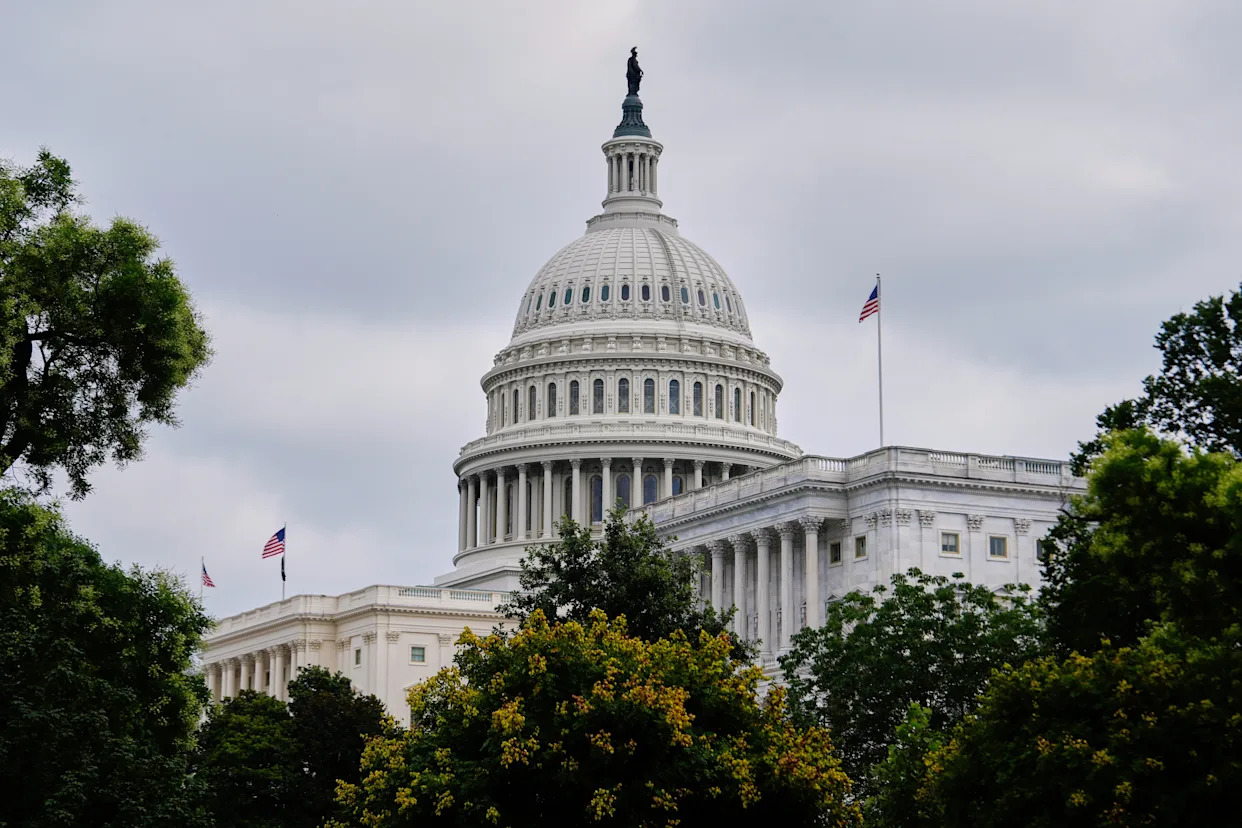

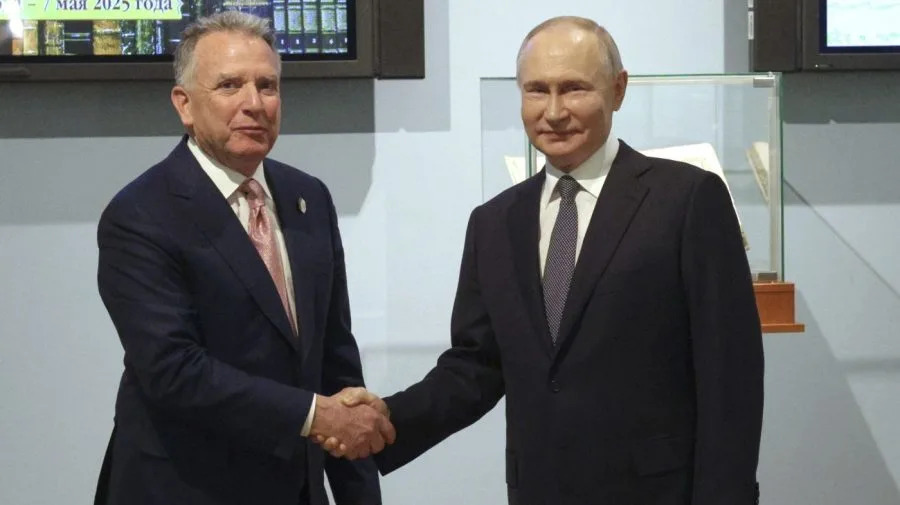
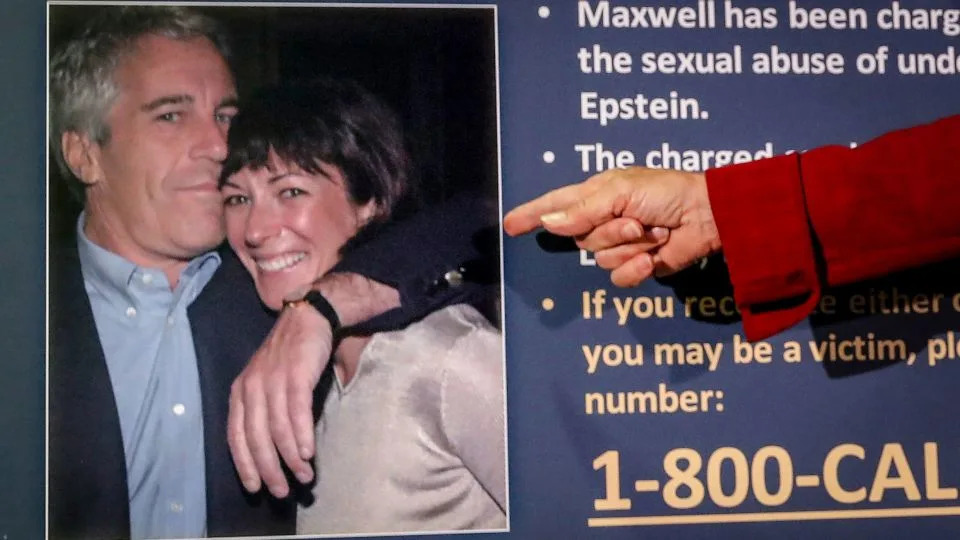
Comments